iPhone 5s Camera Loses to Point-and-Shoot in Low Light
Despite a better image sensor and flash, the iPhone 5s camera is still no match for even a midrange pocket camera when light is scarce.
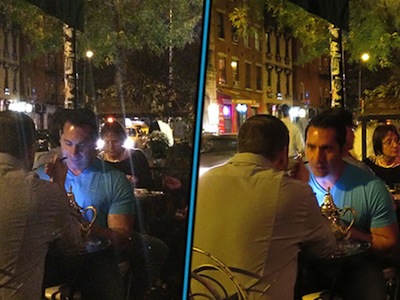
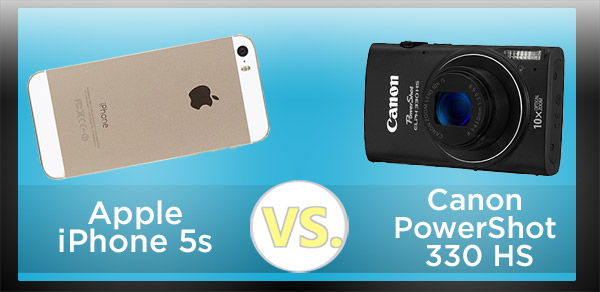
Beyond the hubbub about a fingerprint sensor that works on various other body parts, the big news about the iPhone 5s (starting at $199 with a two-year contract) is its new camera. Instead of squeezing in more megapixels, Apple chose to use bigger pixels to catch more light when illumination is scarce, and it added a novel flash meant to better match the natural lighting in a shot.
MORE: Best Free Photo Management Tools
Those improvements may make the iPhone 5s' camera stronger when competing with other smartphone cameras, but it still doesn't measure up to even a midrange point-and-shoot when the lights go low, as we found in a series of tests. The point-and-shoot is a dying product category. Why carry another piece of gear when you already have a camera in your pocket? For most people, a cellphone camera is good enough. But, in low light, at least, the iPhone is still no match for a "real" camera.
The challenge of dark photos
It's hard to take a bad picture when light is plentiful. A blue sky or a bright room gives a camera all it needs — plenty of data with which to make a photo. It's when light is scarce that a camera shines — or not. A sensor has to efficiently harvest all the photons it can, and an image processor has to take that fuzzy goop of data and make it pretty.
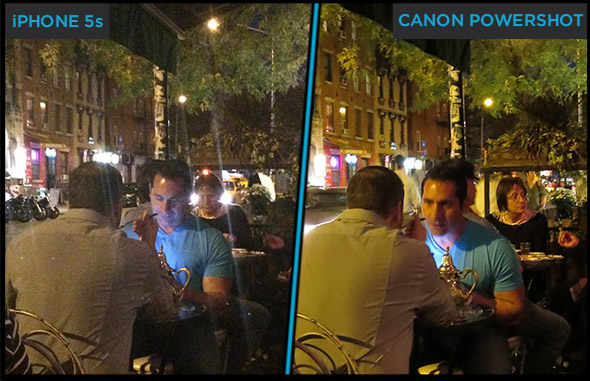
To see how the iPhone 5s stacks up, we put it against a $180 Canon PowerShot Elph 330 HS. That choice wasn't random. Apple made a big deal about the size of the pixels in its new sensor: 1.5 microns (thousandths of a millimeter, or about 0.000039 inches) across. As tiny as that sounds, it's 15 percent bigger than the pixels in the iPhone 5, and it puts the 5s camera in the range of point-and-shoots. The 330 HS comes very close, with pixels measuring 1.54 microns. We viewed the photos on a 13-inch MacBook Pro with Retina display, and we judged the quality at the sizes you would see on a smartphone screen or a site like Facebook.
MORE: Marblelike Lens for Smartphones Could Be DSLR Killer
We subjected both cameras to some miserable conditions — the terrace of a café at night and a group shot in a dimly lit conference room. In most of these conditions, the point-and-shoot was the clear winner. Both cameras were tested with their default settings, except that the iPhone 5s camera was set for high dynamic range (HDR) photos — a bonus feature that should be given a chance.
Sign up to get the BEST of Tom's Guide direct to your inbox.
Get instant access to breaking news, the hottest reviews, great deals and helpful tips.
Outdoor photography
In the shot we took with the Canon at the café, not only was a woman sitting in front of the window brightly lit, but the window was crystal clear, affording an almost equally bright view of the interior. In the photo taken with the iPhone 5s, she appeared to be in a shadow, and the window was so grayish and fuzzy that it looked dirty.
Shooting over the terrace to the street was a challenge for both cameras. Everyone and everything looked like the subjects of a bad Monet. But the Canon's photos were noticeably less fuzzy. It also handled points of lights from streetlights and porch lights fairly well, showing them as fuzzy circles, rather than the fuzzier circles emitting streaks of light in the iPhone 5s photos. That streaking effect is called lens flare and results in smaller cameras that lack a barrel that is long enough to diminish the intensity of stray or especially bright light before it reaches the sensor. Antireflective lens coatings can also help reduce lens flare.
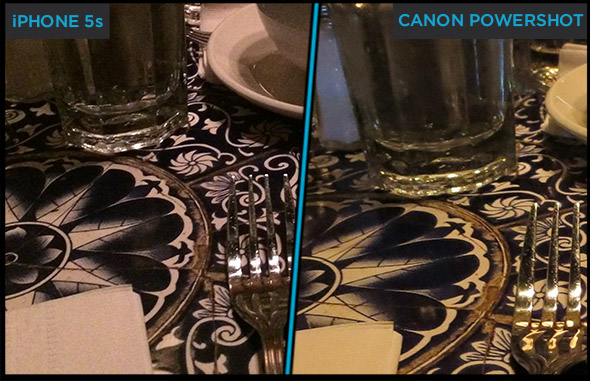
One clear benefit of the iPhone 5s' camera is the auto white balance. Its photos didn't have the yellowish tint that we saw in most of the Canon pictures. That was enough to let it win one test — a photo of a cup and silverware on a tiled table. The white cup, napkin and patterns in the tile all looked true to life, while they were rather yellowish in the Canon photo.
Indoor portraits
But you rarely take photos of cups. You take photos of your friends. Here too, you're much better off with the Canon. We found that by photographing three officemates — with a Benetton-style range of skin tones — in a poorly lit room.
Shooting with no flash, the Canon still captured a surprising amount of color — a bit too much, as the faces came out a bit ruddy. But the iPhone 5s, even in its high-dynamic range mode (which helps it bring out dark features), produced a dim image with a grayish pallor.
MORE: Sony Lens Attachments Turns Smartphone Into Serious Camera
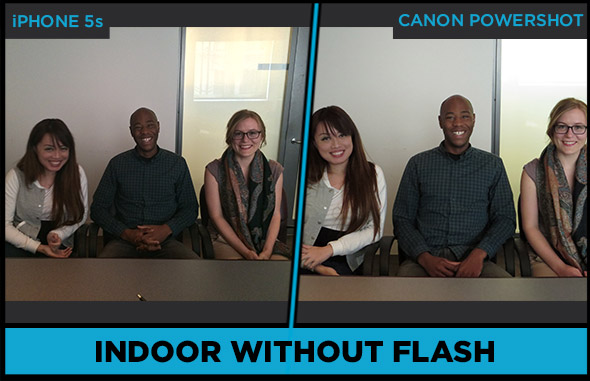
Not surprisingly, the iPhone 5s did much better with the flash enabled. This phone camera has a special flash, possibly the first of its kind. It features two LEDs — one with an orangey or "warm" tone and one with a bluish or "cool" tone (known as color temperatures). By blending the two, the flash system is intended to adjust the color temperature to the surroundings. Our room had a slight "warm" look from overhead lights, and the dual flash did fit it well, rendering natural skin tones.
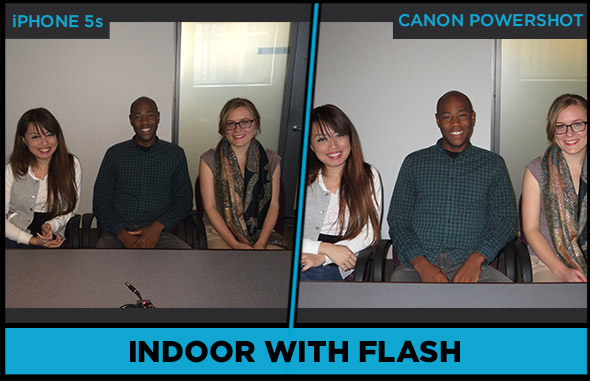
But it simply wasn't bright enough. Even when the flash was used, the iPhone 5s' photos still looked grayish. The Canon's photos, on the other hand, were a bit too bright, with some features overexposed, but they were also more detailed and colorful, which we think made up for it. Since picture modes are a key feature of point-and-shoot cameras, we did try one: slow synchroflash. This feature allows the camera to pick up some of the ambient lighting before the flash fires, and it resulted in a pleasing photo with a warmer tone and fewer overexposed parts.
Do you still need a point-and-shoot?
Smartphone cameras are radically better than they were a few years ago. New sensor technology allows them to produce much brighter photos even without a flash, and better flashes have helped even more. Apple's two-tone flash is a further step forward.
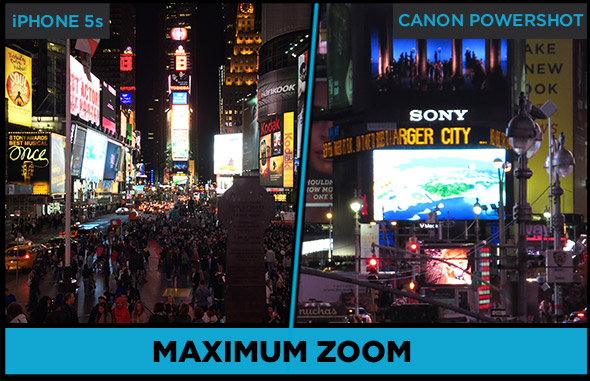
But our tests showed that smartphone cameras still aren't quite up to par when used in the most challenging conditions: dark environments. Our Canon test unit's photos were crisper and brighter and, ultimately, more pleasant-looking. And no matter how good Apple makes its iPhone camera in the future, it will probably not fit in the 10X optical zoom that the Canon 330 HS packs.
If you own an iPhone 5s and want to get the best pictures, you'll need to pack a point-and-shoot. But if you don't want the extra baggage, you'll get photos that are good enough.
Follow Sean Captain @seancaptain and on Google+. Follow us @tomsguide, on Facebook and on Google+.
Sean Captain is a freelance technology and science writer, editor and photographer. At Tom's Guide, he has reviewed cameras, including most of Sony's Alpha A6000-series mirrorless cameras, as well as other photography-related content. He has also written for Fast Company, The New York Times, The Wall Street Journal, and Wired.
-
jldevoy Strange article. If you were going to compare a phone with a point and shoot camera why not use a lumia 1020? It sells itself on it's photographic ability.Reply -
ssdpro Are we surprised? It is a phone that can take pictures and there is nothing wrong with that. Those pictures may be low quality but are great for slapping on your facebook page, twitter account or other immature lifeless outlets.Reply
I love seeing a color inaccurate, lens-flare filled, blocky pictures of someone's ham sandwich! -
thisisaname The quality of the lens has a large impact on the picture. If you want to compare the iPhone 5s Camera to a Point-and-Shoot in Low Light find one with a similar lens design.Reply
A Point-and-Shoot Camera in Low Light is always going to win due to the great lens area and better lens. -
enewmen Or just use a Galaxy S4 Zoom which is a point and shoot on one side and a S4 mini on the other - if you don't mind the extra 10x zoom thickness.Reply -
salgado18 @jldevoy Because they are comparing a point and shoot camera to "the most amazing camera on a smartphone yet that will replace all other cameras with it's revolutionary features because it's Apple" smartphone. You know, just to see what the hype is all about.Reply
Even point-and-shoot are better cameras than almost every smartphone, it's lame to say otherwise. But I think I'll just keep using my Galaxy, just because it's already in my pocket (and keep cursing its bad low light pictures :/ ). -
enewmen Or just use a Galaxy S4 Zoom which is a point and shoot on one side and a S4 mini on the other - if you don't mind the extra 10x zoom thickness.Reply -
grantwar At the very least, compare the iphone5s to a Nokia 920/925 for low light. If it beats them, then fair do's but I'm doubtful that'll happen. This comparison seems a bit lacking when there are other products on the market at cheaper price points.Reply -
grantwar Yes, so then this comparison should at the very least, look at similar devices that are known for low light pictures. Samsung Galaxy S4 (not so good), Nokia 920 and Nokia 925 (probably better than the iphone).Reply
To be comparing this directly to a point and shoot without using other devices as a basis to back your findings on border on bias towards one manufacturer regardless of the outcome of the findings.
